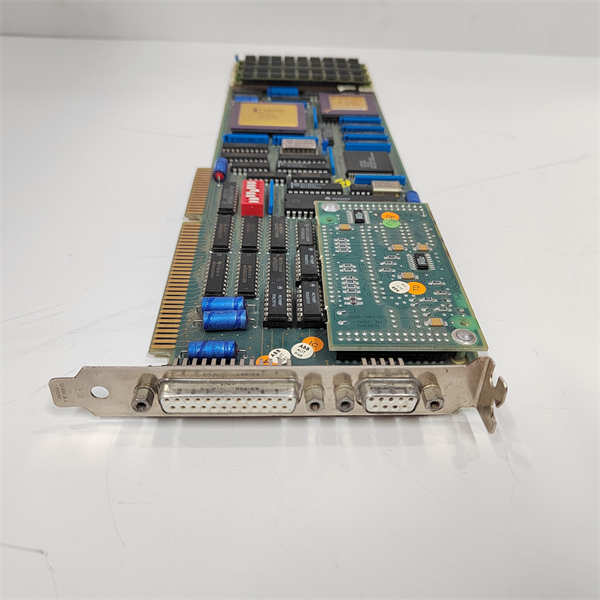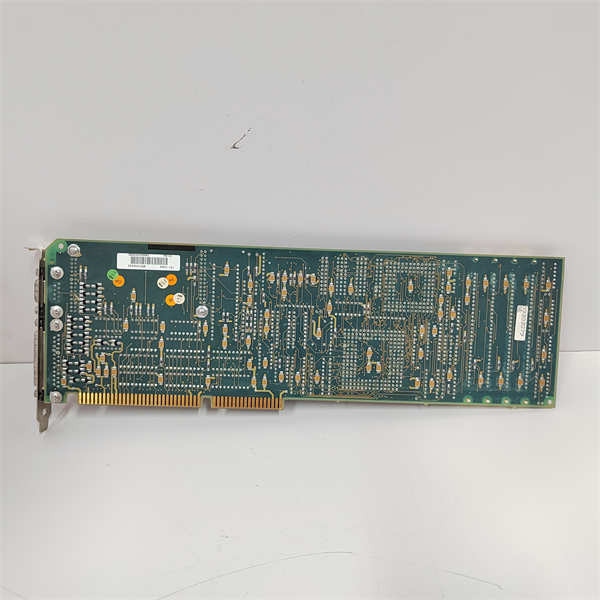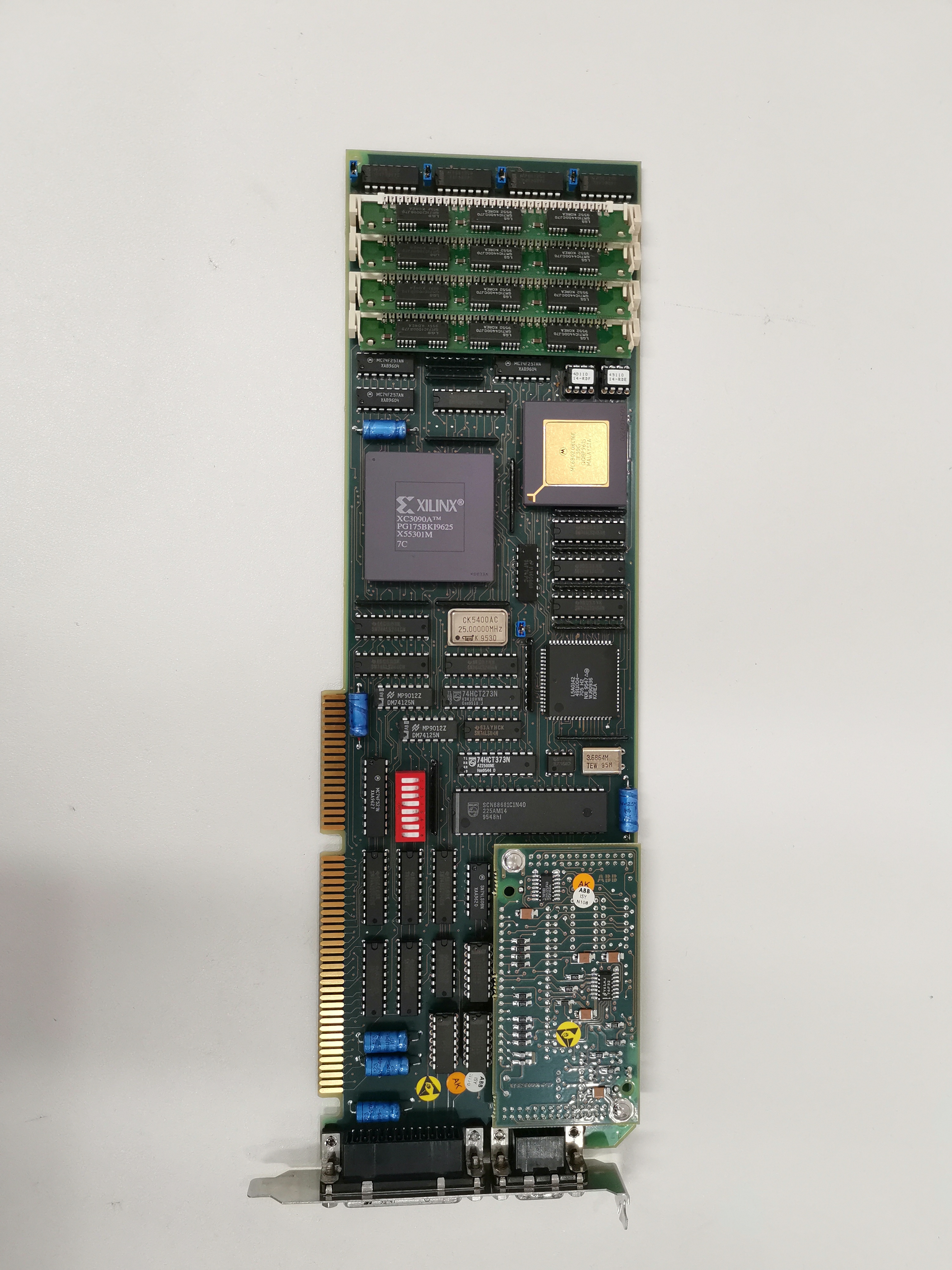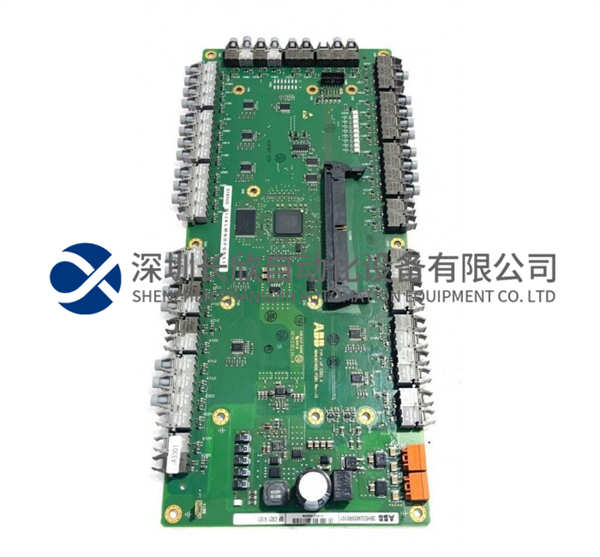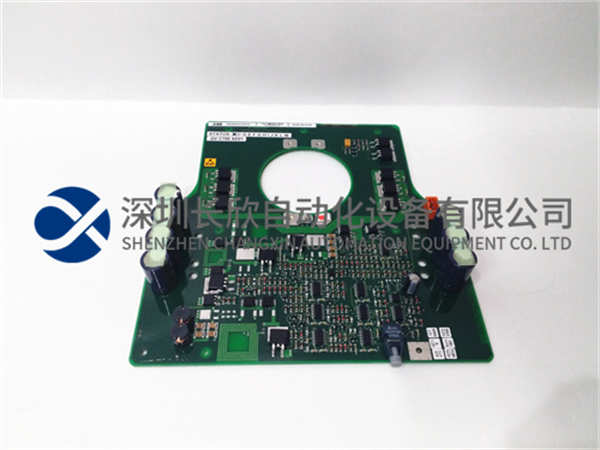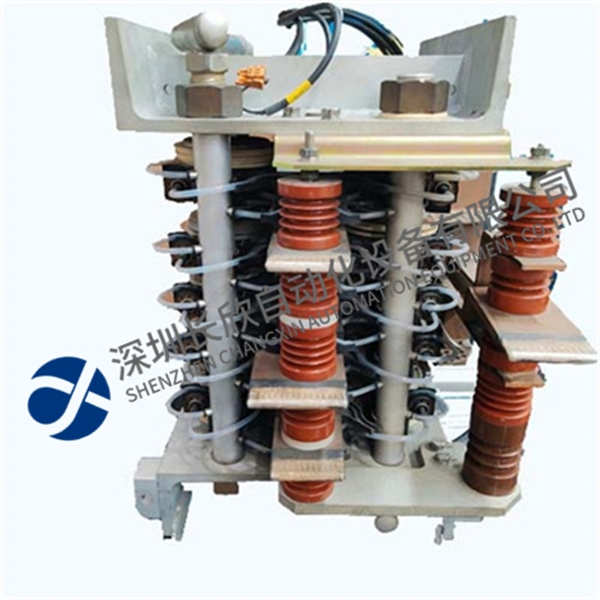描述
ABB DSPU131 3BSE000355R1是一款专为工业自动化与过程控制系统设计的单元接口板模块,主要用于连接不同类型输入/输出(I/O)模块、通信模块及其他设备,实现数据传输与实时控制。以下是其核心功能与技术特点的综合解析:
一、产品概述
类型:单元接口板模块,属于ABB过程自动化系统的核心组件。
作用:作为数据传输与信号处理的桥梁,支持设备间无缝通信,适用于复杂工业场景的分布式控制。
二、核心技术参数
处理器与存储
处理器:32位DSP芯片(数字信号处理器),主频高达200MHz,支持高速数据处理与实时控制算法。
存储配置:256KB RAM(动态数据存储)+512KB Flash(程序与参数固化),确保系统运行稳定性。
输入/输出能力
数字量I/O:32通道(DI/DO),兼容24V DC等电压信号。
模拟量I/O:8通道(AI/AO),支持标准电流/电压信号(如4-20mA、0-10V)。
通信接口:双协议支持——RS-485(Modbus等协议)和以太网(TCP/IP、EtherNet/IP等工业网络)。
设计与环境适应性
模块化结构:标准化尺寸设计,支持热插拔,便于系统扩展与维护。
防护等级:符合工业级IP20防护标准,抗电磁干扰(EMC),适用于恶劣环境。
工作温度:-25℃至+70℃,宽温域设计保障极端条件下的稳定性。
三、功能特点
高性能数据处理
集成32位DSP芯片与大容量存储,可实时处理大量数据,满足高速生产线(如汽车制造、电子装配)的控制需求。
多协议通信能力
支持RS-485和以太网通信,兼容Modbus、TCP/IP等工业协议,实现与控制器、HMI设备及第三方系统的无缝对接。
自诊断与容错设计
内置环境检测与诊断电路,实时监测模块状态并上报故障信息;支持冗余通信配置,提升系统可靠性。
灵活扩展性
通过扩展模块可增加I/O点数,或通过通信接口连接变频器、伺服驱动器等设备,优化系统集成。

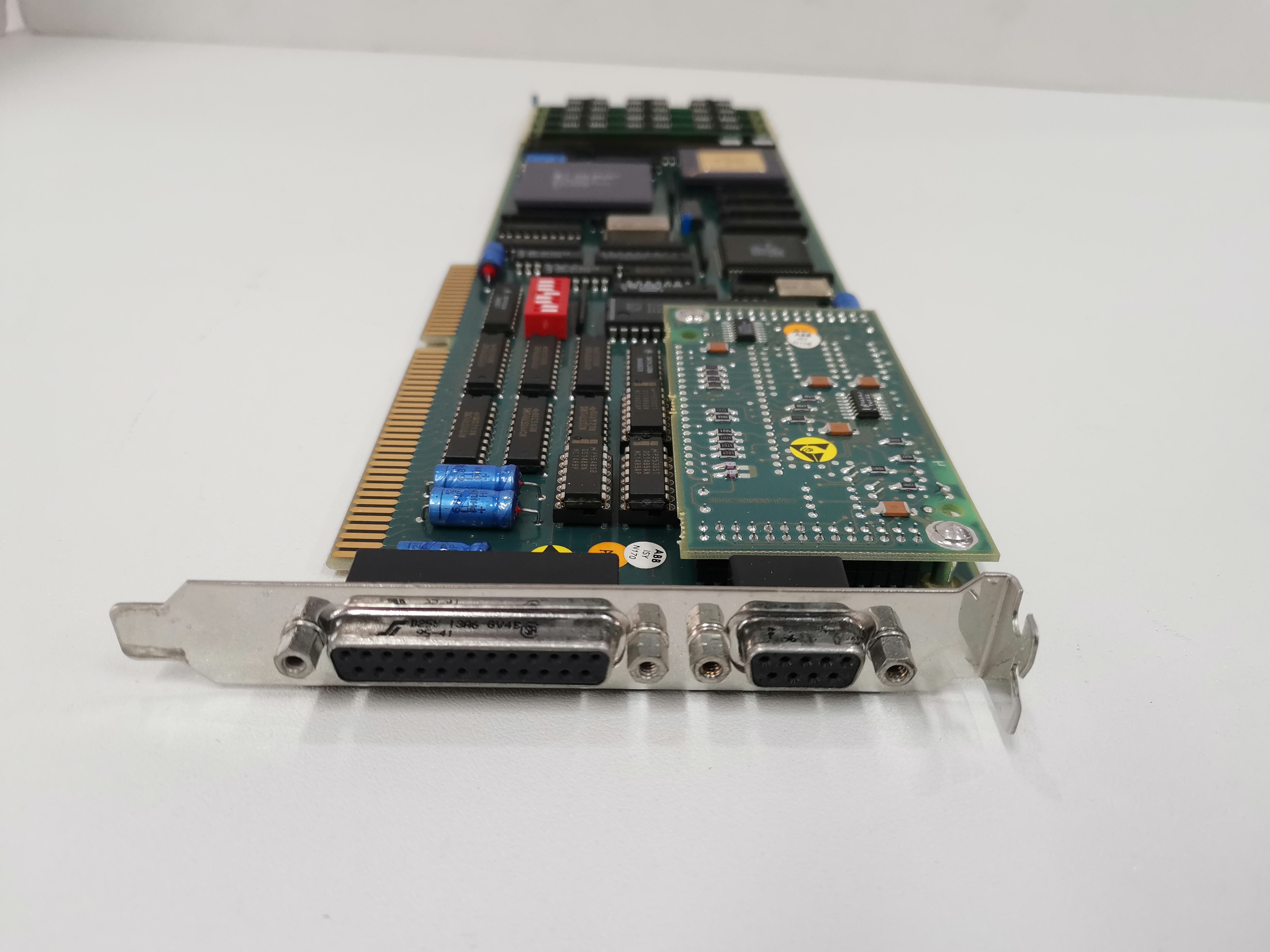
ABB DSPU131 3BSE000355R1 is a unit interface board module designed for industrial automation and process control systems.It is mainly used to connect different types of input/output(I/O)modules,communication modules and other devices to achieve data transmission and real-time control.The following is a comprehensive analysis of its core functions and technical features:
I.Product Overview
Type:Unit interface board module,a core component of ABB process automation system.
Function:As a bridge for data transmission and signal processing,it supports seamless communication between devices and is suitable for distributed control in complex industrial scenarios.
II.Core Technical Parameters
Processor and Storage
Processor:32-bit DSP chip(digital signal processor),with a main frequency of up to 200MHz,supporting high-speed data processing and real-time control algorithms.
Storage configuration:256KB RAM(dynamic data storage)+512KB Flash(program and parameter solidification)to ensure system operation stability.
Input/output capability
Digital I/O:32 channels(DI/DO),compatible with 24V DC and other voltage signals.
Analog I/O:8 channels(AI/AO),supporting standard current/voltage signals(such as 4-20mA,0-10V).
Communication interface:dual protocol support-RS-485(Modbus and other protocols)and Ethernet(TCP/IP,EtherNet/IP and other industrial networks).
Design and environmental adaptability
Modular structure:standardized size design,hot plug support,easy system expansion and maintenance.
Protection level:meets industrial IP20 protection standards,anti-electromagnetic interference(EMC),suitable for harsh environments.
Operating temperature:-25℃to+70℃,wide temperature range design ensures stability under extreme conditions.
3.Features
High-performance data processing
Integrated 32-bit DSP chip and large-capacity storage,can process large amounts of data in real time,meeting the control requirements of high-speed production lines(such as automobile manufacturing,electronic assembly).
Multi-protocol communication capability
Supports RS-485 and Ethernet communication,compatible with industrial protocols such as Modbus,TCP/IP,and seamless connection with controllers,HMI devices and third-party systems.
Self-diagnosis and fault-tolerant design
Built-in environmental detection and diagnostic circuits monitor module status in real time and report fault information;support redundant communication configuration to improve system reliability.
Flexible scalability
The number of I/O points can be increased through expansion modules,or inverters,servo drives and other devices can be connected through communication interfaces to optimize system integration.

